Featured Awards
Summaries of the annual awards are featured below. See the awards booklet for winners and finalists.
James P. Keogh Award for Outstanding Service
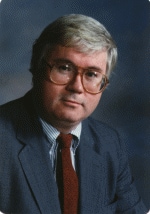
James P. Keogh, MD
This award recognizes a current or former NIOSH employee for exceptional service in the field of occupational safety and health. James P. Keogh, MD, worked throughout his life for peace and social change. He sought to safeguard workers through education about hazards, and he advocated workplace protections. Dr. Keogh’s earliest work in academic medicine identified dimethylaminopropionitrile as the causal agent in an outbreak of bladder neuropathy in the 1970s. Dr. Keogh could determine this because—unlike many of the clinicians initially contacted by the workers—he took their complaints seriously and applied clear public health principles to his investigation. Throughout his life, he listened carefully to workers, characterized hazards and diseases, and then fearlessly worked to identify compensation for the individual and prevention strategies for others. Dr. Keogh was instrumental in including construction workers in the Maryland Occupational Safety and Health lead standard, a full decade before the federal standard included them. He was a leading medical educator who always focused on the need to incorporate clinical compassion with public health prevention. His most outstanding legacy, however, was his fierce determination to put knowledge into practice to benefit the worker.
- 2023 Johnathan Szalajda
- 2022 Alan Echt
- 2021 Maryann D’Alessandro
- 2020 Chris Coffey
- 2019 Leslie Nickels
- 2018 Pete Kovalchik
- 2017 Diane Porter
- 2016 Thomas R. Waters
- 2015 Kathleen Kreiss
- 2014 Albert E Munson
- 2013 Michael Attfield
- 2012 Alice Suter
- 2011 Linda Rosenstock
- 2010 James W. Collins
- 2009 John Howard
- 2008 Mitch Singal
- 2007 Steven Sauter
- 2006 Marilyn Fingerhut
- 2005 Rosemary Sokas
- 2004 Dawn Castillo
- 2003 James A. Merchant
- 2002 Philip J. Landrigan
- 2001 William Edward Halperin
- 2000 Richard A. Lemen
Alice B. Hamilton Award for Occupational Safety and Health
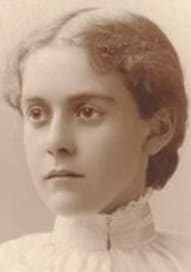
Alice Hamilton, MD
This award recognizes the scientific excellence of NIOSH technical and instructional materials. Categories include Behavioral and Social Science, Communication and Guidance, Engineering and Control, Epidemiology and Surveillance, Exposure and Risk Assessment, Methods and Laboratory Science, and Research Service. The annual award honors Dr. Alice Hamilton (1869– 1970), a pioneering researcher and occupational physician.
Many early laws to improve workers’ health derived from the work of one talented researcher—Alice Hamilton, MD. Born into a prominent Indiana family (her sister was the well-known classicist, Edith Hamilton), Dr. Hamilton graduated from the University of Michigan Medical School in 1893. After joining the Women’s Medical School of Northwestern University in 1897, she moved into Jane Addams’ Hull House in Chicago and opened a well-baby clinic for poor families in the neighborhood. There she began to study the underlying social problems related to their pains, strange deaths, lead palsy, “wrist drop,” and many widowed women.
In 1908, Dr. Hamilton published one of the first articles on occupational health in the United States. Two years later, she began exploring occupational toxic disorders. Relying primarily on “shoe leather epidemiology,” and the emerging science of toxicology, she pioneered occupational epidemiology and industrial hygiene in the United States. Her scientifically persuasive findings caused sweeping reforms to improve the health of workers. In 1919, Dr. Hamilton became assistant professor of industrial medicine at Harvard Medical School and the school’s first female faculty member. While there, she served two terms on the Health Committee of the League of Nations. Upon retiring from Harvard at age 66, she became a consultant to the U.S. Division of Labor Standards and president of the National Consumers League. On February 27, 1987, NIOSH dedicated the Alice Hamilton Laboratory for Occupational Safety and Health, in Cincinnati, Ohio, in her honor.
Bullard-Sherwood Research-to-Practice (r2p) Awards
See the winners in the annual awards booklet. Click here to see winners from 2005-2013.
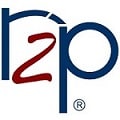
This award recognizes outstanding efforts by NIOSH scientists and their partners in applying occupational safety and health research to prevent work-related injury, illness, and death. It highlights efforts that demonstrate noteworthy impact through partnerships.
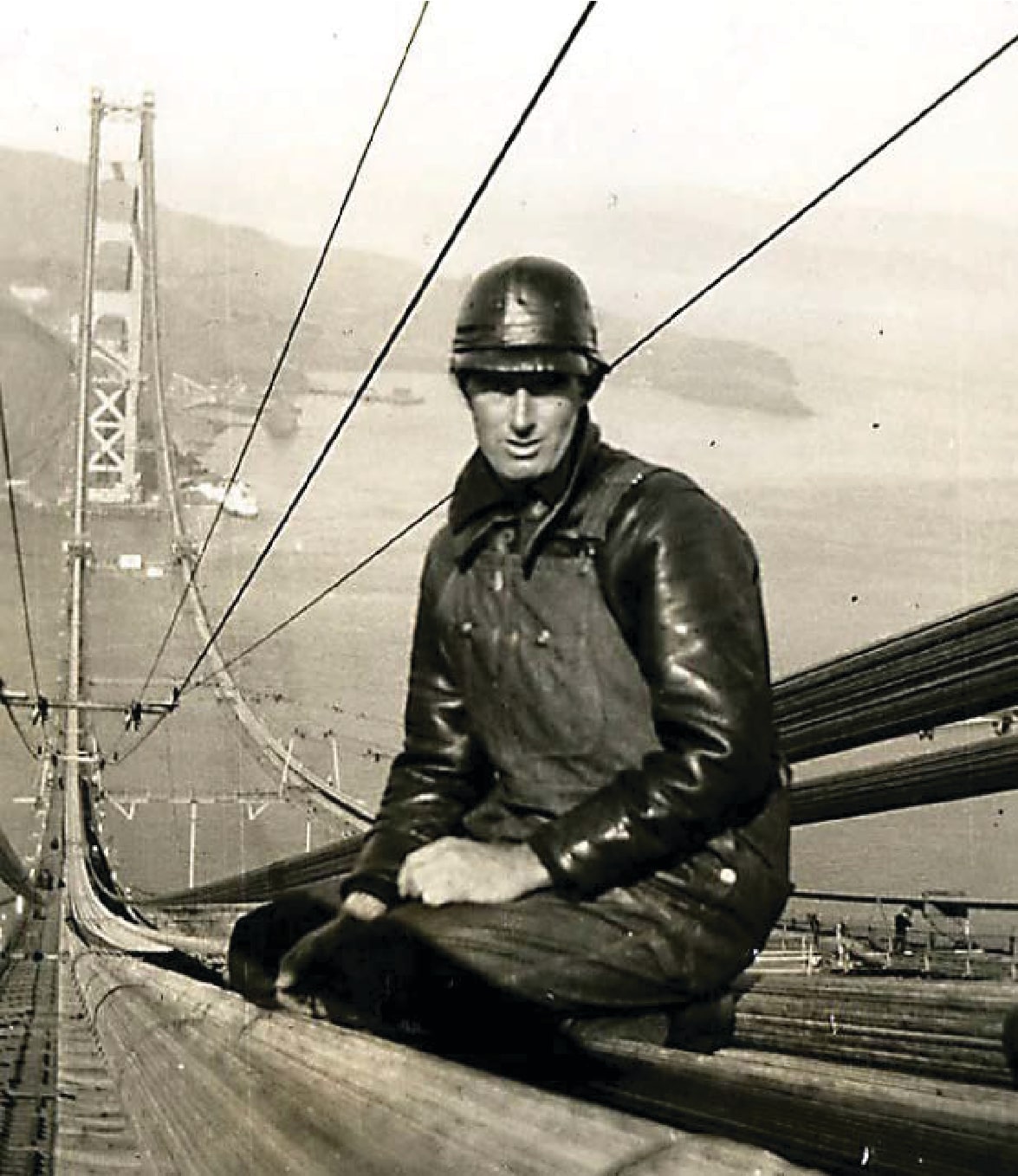
A Golden Gate construction worker wears a Bullard “hard boiled hat” in this photograph, circa 1936. Credit: Labor Archives and Research Center, J. Paul Leonard Library, San Francisco State University”
The award is named in honor of two distinguished inventers who made significant improvements in workplace injury and illness prevention. Edward W. Bullard designed the first “hard hat” as protective headgear for miners with his “Hard Boiled Hat,” so-called due to the steam used to harden it during manufacturing. Later, he adapted his helmet to protect workers building the Golden Gate Bridge from falling rivets, leading to the bridge site becoming the first designated “Hard Hat Construction Area.” Mr. Bullard also designed and sold another helmet specifically to protect sandblasting workers at the bridge site. Similar to the Hard Boiled Hat, this helmet included a hood, or “canopy,” a see-through window, and an air supply. The helmets helped to prevent death and injury during the project and in the years since. Even so, 11 workers died at the bridge site—including 10 in 1937 when a scaffold collapsed. Today, about 6 million hard hats are sold annually throughout the world. Mr. Bullard’s family-owned company still produces many of those hard hats, as well as modern sandblasting helmets.
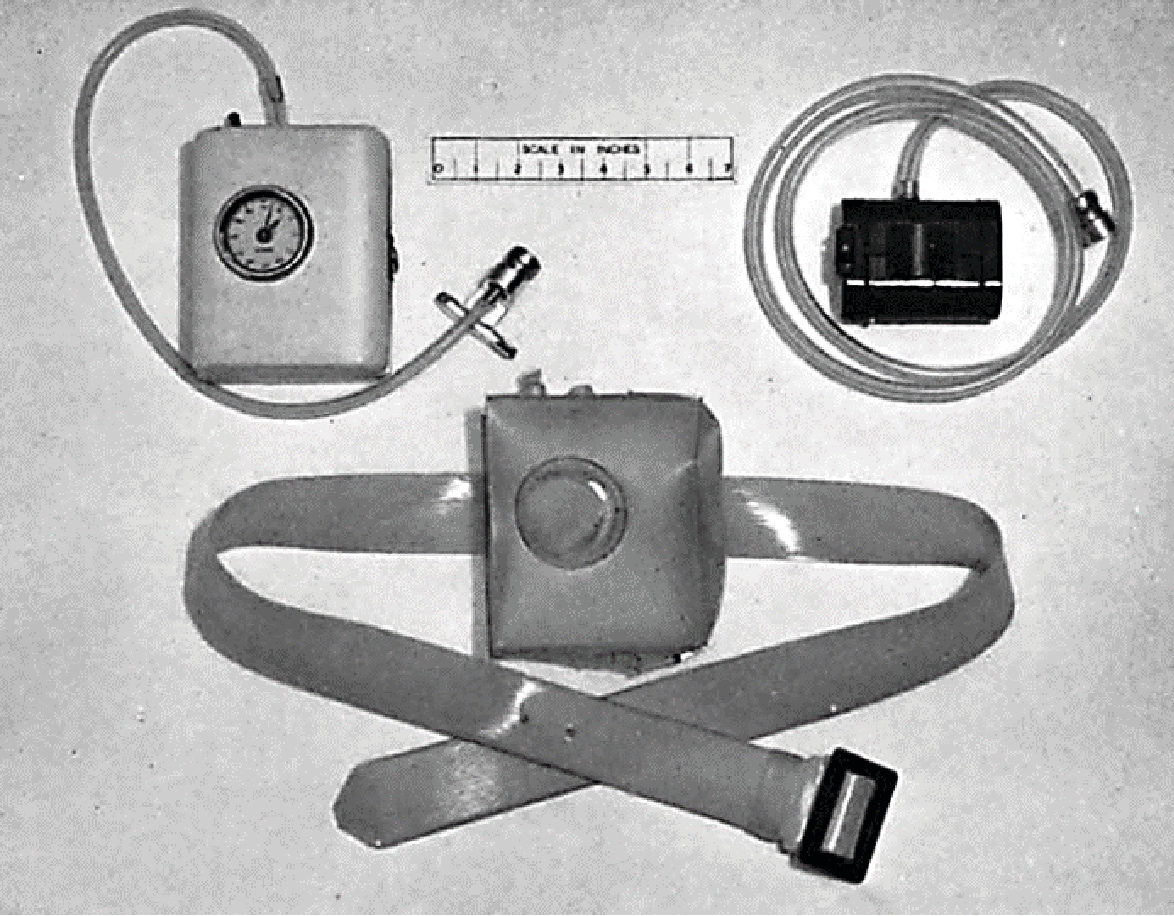
The personal air sampler system designed by R. Jeremy Sherwood, as it appeared in a 1960 Annals of Occupational Hygiene article announcing its invention.
R. Jeremy (Jerry) Sherwood merged research and industrial hygiene by inventing the first practical personal sampling pump in the late 1950s. Until then, sampling occurred in a specific area, or while an industrial hygienist followed a worker while carrying bulky equipment. Using the newly developed personal sampling pump, Mr. Sherwood demonstrated that area sampling often severely underestimated worker exposures. Soon, personal sampling pumps became the staple that they are today. He also developed a miniature sampler for sulfur dioxide that became commercially available and was widely used throughout Europe. Finally, his research on respirators led to the first ft testing. While at the International Labour Organization and later at the World Health Organization, Mr. Sherwood trained others in occupational safety and health, particularly in developing countries, benefiting workers around the world.
Plain Language Award
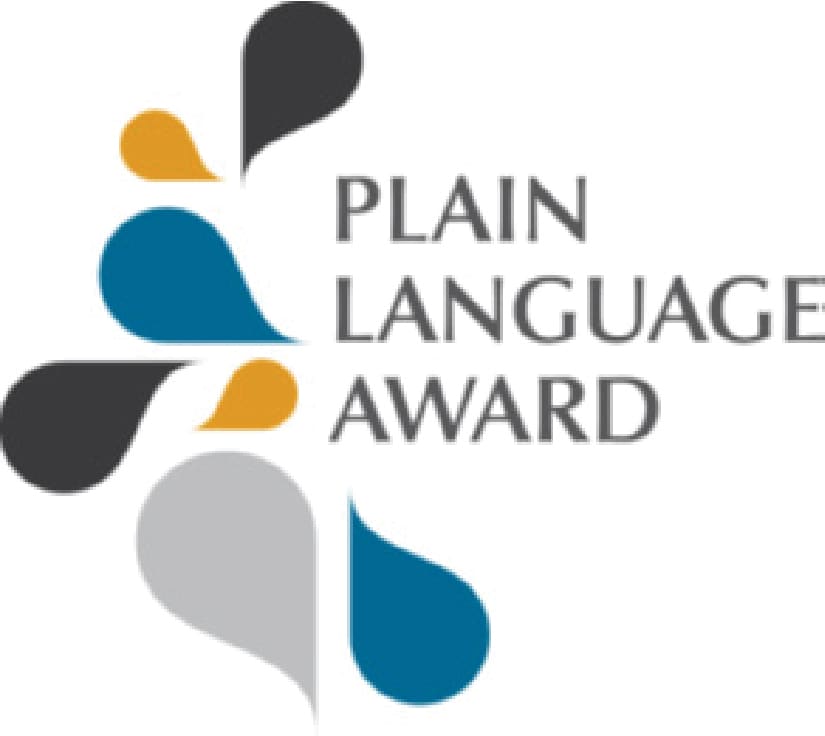
The Plain Writing Act of 2010 requires that federal agencies provide clear communication that the public can understand and use. NIOSH encourages plain language in all of its communication products. Established in 2017, this award recognizes NIOSH fact sheets, brochures, infographics, and web topic pages that demonstrate excellence in applying plain language principles.
Service Excellence Awards
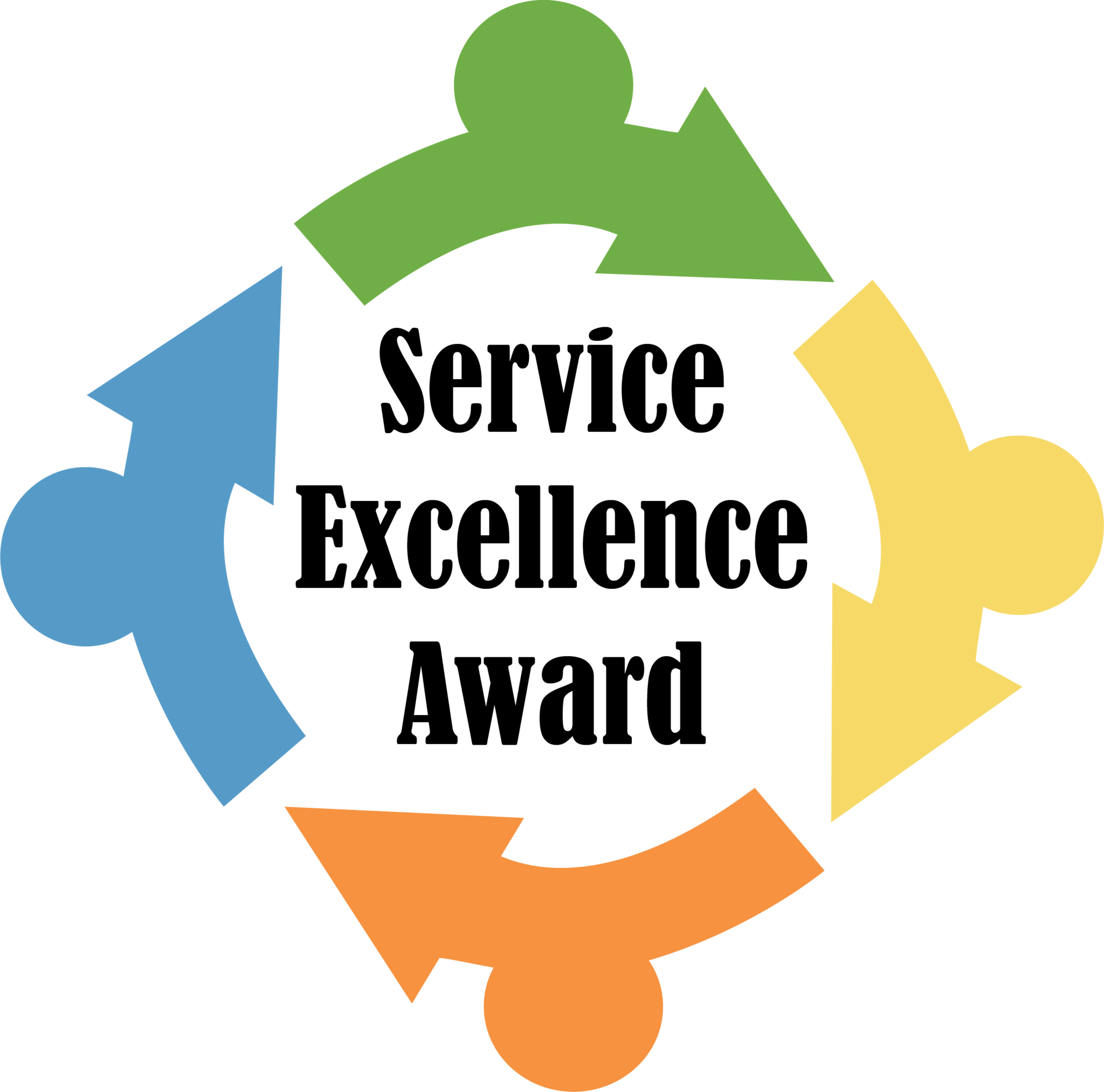
These awards focus on both the management and operations side of the Institute and recognize NIOSH staff who provide excellent administrative and managerial support to the Institute’s mission and projects. The awards recognize distinction in four categories:
- Excellence in Administration recognizes one current NIOSH employee or group of NIOSH employees each year for exceptional administrative support. This award honors the contributions made by employees in administrative occupations to increase the effectiveness or efficiency of a division, laboratory, or office.
- Excellence in Leadership recognizes one current NIOSH employee per grade grouping (GS-14 and above, GS-11 to GS-13, and GS-9 and below) each year for exceptional personal leadership. This award honors the efforts made by employees to exhibit leadership at NIOSH.
- Excellence in Workforce Development recognizes one current NIOSH employee or group of NIOSH employees each year for exceptional contributions that promote development of the NIOSH workforce. This award acknowledges those who mentor, teach, promote, or design activities that develop the workforce.
- Excellence in Workforce Diversity recognizes one current NIOSH employee or group of NIOSH employees each year whose actions promote the creation and support of a diverse NIOSH workforce. This award acknowledges those whose efforts promote the recognition and value of diversity, including recognition of health equity issues
Director’s Intramural Awards for Extraordinary Science
See the winners in the annual awards booklet. Click here to see winners from 2011-2013.
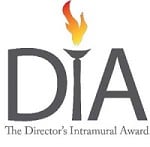
Science excellence is the foundation upon which NIOSH generates new knowledge to assure safe and healthful work for all. This award recognizes the outstanding contributions and dedication of NIOSH staff to science excellence. The award honors experienced scientists, early career scientists, and scientific support staff whose collective body of work has resulted in significant contributions to the NIOSH mission. The Lew Wade Distinguished Career Scientist Award recognizes a permanent employee or fellow who has made extraordinary scientific contributions to their field of work. The Early Career Scientist Award recognizes a permanent employee or fellow who has received an initial terminal degree in a scientific discipline within the past five years prior to nomination. The Scientific Support Award recognizes technical or administrative staff who are permanent employees or fellows that provide invaluable contributions to the successful completion of NIOSH scientific activities.
Charles C. Shepard Science Awards

CDC/ATSDR established the Charles C. Shepard Science Award in 1986 in honor of Charles C. Shepard, MD, an internationally recognized microbiologist whose career was marked by a pursuit of scientific excellence. He served as chief of the Leprosy and Rickettsia Branch at CDC for more than 30 years, until his death on February 18, 1985. The Charles C. Shepard Science Award recognizes excellence in science at CDC and ASTDR. An award is presented for outstanding scientific publications in the following categories: Assessment, Prevention and Control, Laboratory Science, Data Methods and Study Design, and Health Equity Science. An award is also presented for Lifetime Scientific Achievement.
